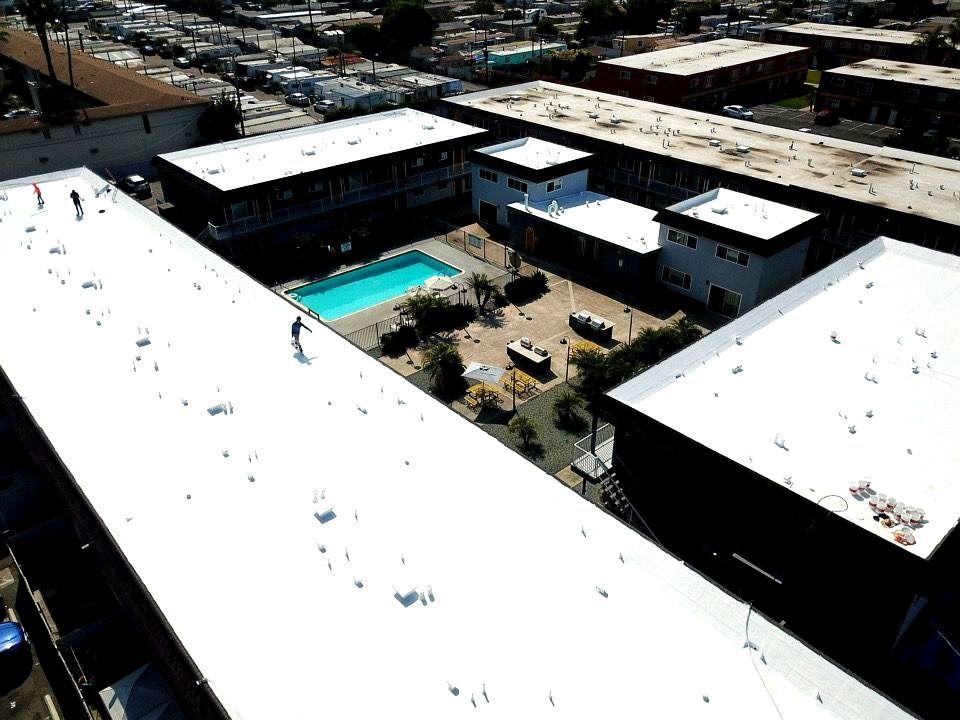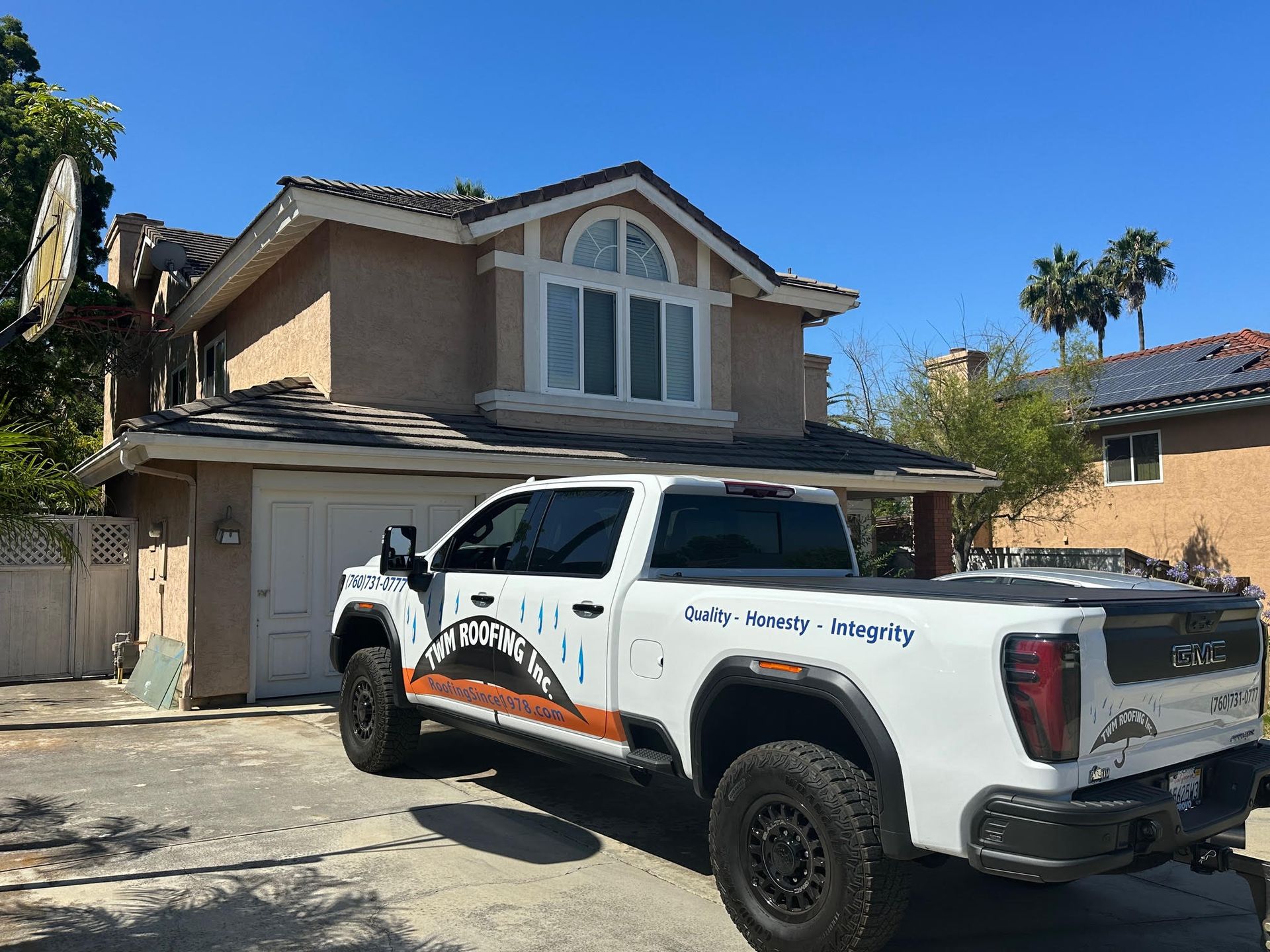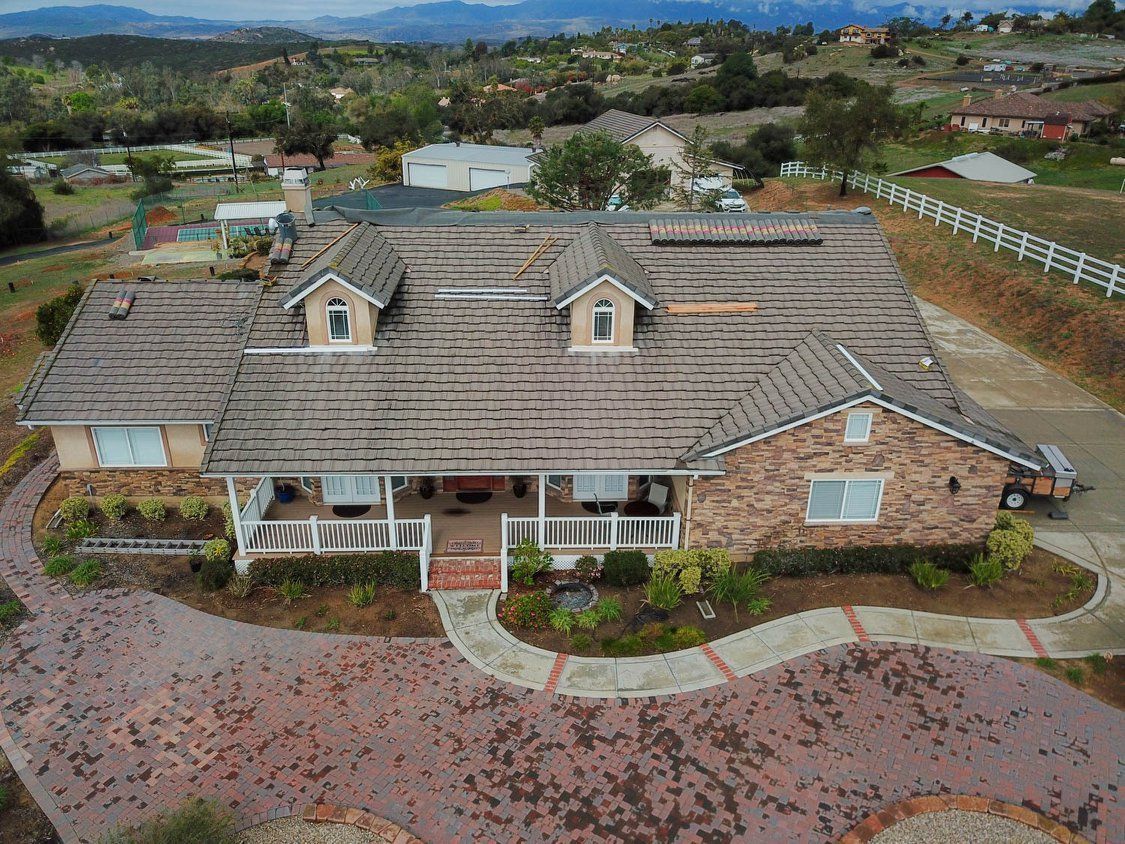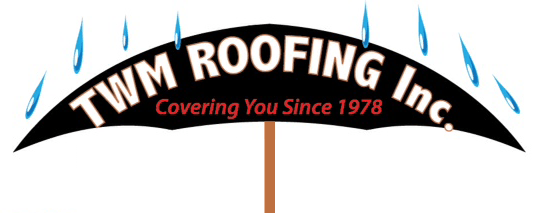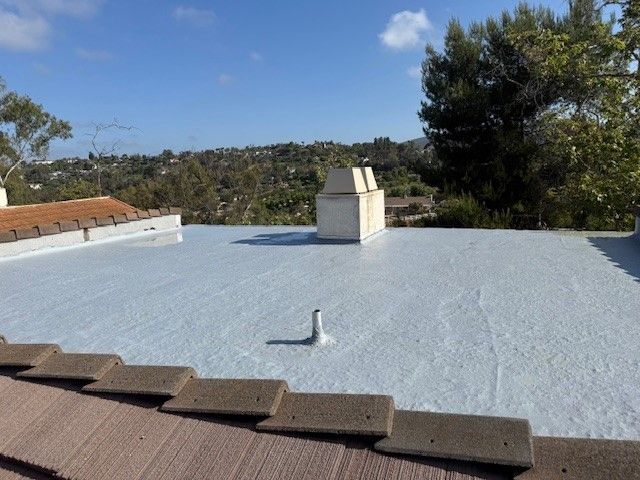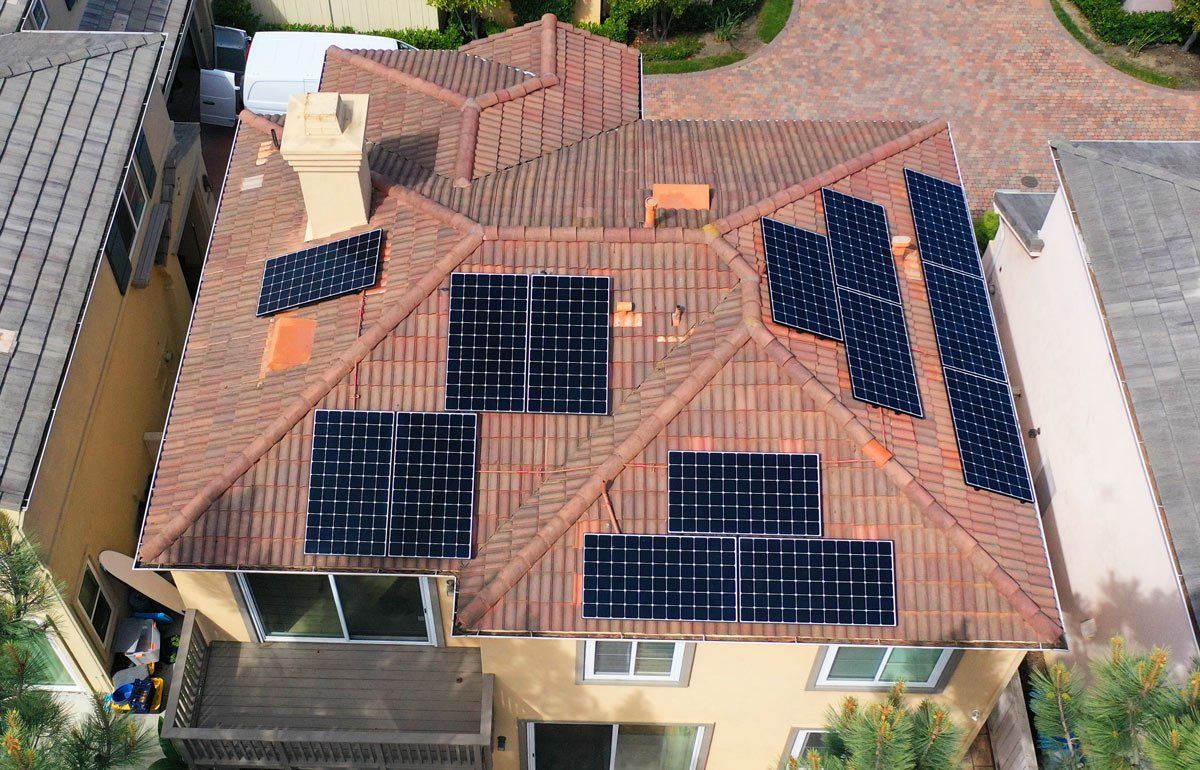Helmets, Harnesses & Heartbeats: How Our Crews Train for Safety And Your Peace of Mind
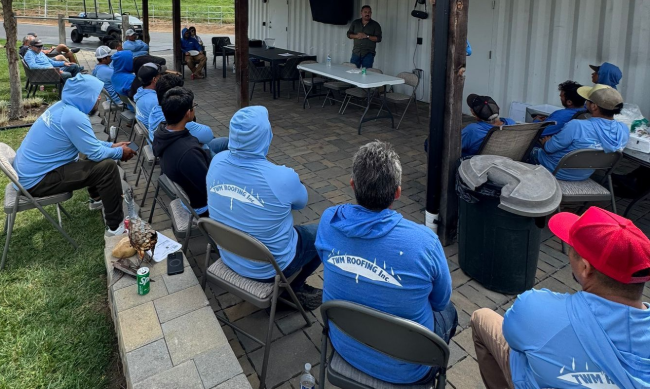
The 60-Second Buddy Check (every day, every crew)
Before anyone touches a ladder, we run a quick “buddy check.” It’s a short routine, but it’s powerful:
- Harness fit: chest strap, leg straps, and D-ring adjusted so gear is snug, not loose.
- Anchor points: checked and cleared before tie-off.
- Lifelines and lanyards: inspected for wear and set to the right length.
- Footing and ladders: level ground, correct angle, top secured.
- Weather scan: wind, heat, or rain changes how we work that hour, not just that day.
This 60-second ritual turns “hope it’s fine” into “we know it’s safe.”
Fall Protection: Our simple three-part rule
We follow a clear system on every job, big or small—residential, HOA, or commercial.
- Anchor: We use rated anchors in the right locations, set by the foreman.
- Body wear: Full-body harnesses for anyone at height.
- Connect: Lanyards and lifelines that are inspected and tied off before work.
As of July 2025, Cal/OSHA requires fall protection on all roofing work at or above 6 feet. The previous 20-foot exemption for roofers in California no longer applies. Every roofing project must use proper rope, harness, and anchor—on every roof, every time.
Add to that good housekeeping (clear walkways, clean cords), guardrails where needed, and marked access paths. The result is a tidy site that’s safer for crews and for residents, employees, and visitors below.
CPR/AED Training: Because heartbeats matter
Why do roofers train in CPR? Because minutes matter. Our team practices:
- Recognizing signs of cardiac trouble or heat stress.
- Hands-only CPR and how to use an AED.
- Emergency calls and roles: who dials, who guides, who meets help at the curb.
We hope we never need these skills. But if we do, we’re ready to act fast and stay calm. That readiness helps on the roof and in the neighborhood; with homeowners, tenants, and staff who happen to be nearby.
Communication That Prevents Problems
Great safety is also about clear communication. About a week before we start, we place a simple blue tape notice on each door (for multi-unit and HOA projects) or share a one-page “What to Expect” for homeowners and businesses. We include the on-site foreman’s cell and the project manager’s cell. Questions get answered in minutes, not days.
During the job, you can expect:
- Daily check-ins on progress and next steps.
- Clean work areas at day’s end and more frequently when needed.
- Photo updates when helpful; especially for owners who aren’t on site.
We treat every resident like the owner, whether they rent or own. That’s how small concerns stay small.
Insurance That Actually Protects You
Training is the first layer. The second layer is insurance that stands behind the work. Many roofers carry the minimum. For the past 30 years, the industry standard has been $1,000,000 for General Liability insurance coverage, which is not enough. We carry high-limit coverage designed for any size project, including busy homes and occupied buildings:
- General Liability—high limits (up to $5,000,000): helps protect against third-party property damage or injury claims.
- Errors & Omissions (Professional Liability): covers the professional side of roofing—specs, advice, scopes, and documentation.
- Mold Insurance: adds protection for environmental and mold-related claims that standard general liability insurance policies exclude.
Why this matters to homeowners: You want clear, fast claims handling if the unexpected happens—like storm surprises or damage from a fallen limb.
Why this matters to
HOAs and property managers: Multi-unit and mixed-use sites have more people and more moving parts. Higher limits and the right policy types protect the community and the board.
Why this matters to
business owners: You can’t afford downtime. Strong coverage helps keep projects moving and shields you from headaches.
If you need Certificates of Insurance, additional insured language, or a waiver of subrogation, ask us. We handle it every week.
What This Means For Your Project
- Safer crews mean fewer delays.
- Clear planning means fewer surprises for families, tenants, and staff.
- Better documentation (photos, logs, and reports) makes approvals and close-out easy.
- Right-sized insurance brings real peace of mind if anything goes sideways.
In short: less drama, more uptime.
Simple Safety & Insurance Checklist (for any roofing project)
Use this list to compare roofers and protect your family or property. Keep it handy:
People & Training
□ Do crews use a daily buddy check (harness fit, anchors, ladders, weather)?
□ Are workers trained in fall protection?
□ Is there current CPR/AED training on the team?
□ Will a foreman be on site, and do I have their cell number?
Jobsite Setup
□ Is there a plan for access paths, storage, and cleanup?
□ How will the crew protect landscaping, entries, and parking?
□ How will debris be contained and removed?
Communication
□ Applies to HOAs: Will I receive a start date notice at least a week ahead?
□ Who do I call for same-day questions? (Foreman and PM numbers)
Insurance & Paperwork
□ Can I see a Certificate of Insurance with high-limit General Liability?
□ Do you carry Errors & Omissions and Pollution Liability?
□ Are Workers’ Comp and auto also current?
□ Can you issue additional insured and waiver of subrogation if needed?
□ Will I receive a written scope, schedule, and warranty?
If a roofer struggles to answer these, think twice.
For Homes, HOAs, and Businesses—
One Standard: Professional
Whether you’re re-roofing your family home, tackling leaks across an HOA, or planning a commercial reroof, our standard stays the same: helmets, harnesses, and heartbeats—plus the paperwork that proves we’re ready.
We’re happy to walk your roof, share a photo report, and explain your options. You’ll know the plan, the timeline, and the why behind each step.
Ready for a no-drama roof?
Let’s plan your project with safety first and a schedule that fits your life. Call TWM Roofing today:
760-731-0777.
